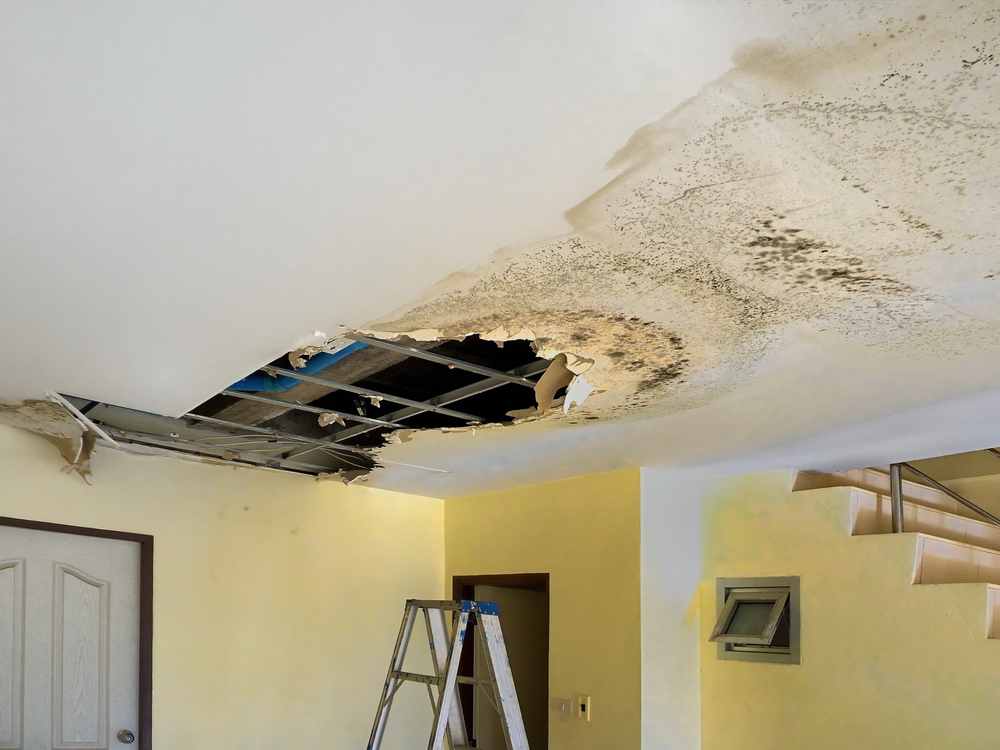Revealing Concealed Water Line Leaks: Six Effective Detection Methods
Revealing Concealed Water Line Leaks: Six Effective Detection Methods
Blog Article
How do you actually feel when it comes to Leaking water lines?

Early detection of leaking water lines can alleviate a potential catastrophe. Some small water leakages might not be noticeable.
1. Examine the Water Meter
Checking it is a guaranteed way that aids you discover leaks. If it relocates, that shows a fast-moving leak. This indicates you might have a slow leakage that can even be underground.
2. Examine Water Intake
Examine your water expenses and track your water intake. As the one paying it, you need to observe if there are any type of inconsistencies. If you find sudden changes, despite your intake coinciding, it implies that you have leakages in your plumbing system. Keep in mind, your water bill should drop under the very same variety each month. An unexpected spike in your expense indicates a fast-moving leakage.
At the same time, a steady increase on a monthly basis, even with the same practices, reveals you have a sluggish leak that's additionally slowly escalating. Call a plumber to extensively examine your building, particularly if you really feel a warm location on your flooring with piping below.
3. Do a Food Coloring Test
When it comes to water consumption, 30% comes from toilets. If the color in some way infiltrates your dish during that time without flushing, there's a leakage between the storage tank and dish.
4. Asses Exterior Lines
Don't neglect to examine your outdoor water lines as well. Examination faucets by attaching a garden pipe. Needs to water seep out of the connection, you have a loosened rubber gasket. Replace this and ensure all connections are limited. It will assist get it expertly took a look at as well as maintained every year if you have actually obtained a lawn sprinkler system. One little leakage can waste tons of water and spike your water bill.
5. Assess the situation as well as check
Property owners must make it a practice to check under the sink counters and also also inside cupboards for any bad odor or mold development. These two red flags suggest a leak so punctual focus is needed. Doing regular inspections, even bi-annually, can save you from a major trouble.
Examine for discolorations and damaging as most home appliances as well as pipes have a life expectancy. If you suspect leaking water lines in your plumbing system, don't wait for it to intensify.
Early detection of dripping water lines can mitigate a possible disaster. Some little water leakages may not be noticeable. Inspecting it is a proven means that aids you find leakages. One little leakage can waste tons of water and surge your water costs.
If you believe dripping water lines in your plumbing system, don't wait for it to escalate.
How to Know If Your Home Has a Hidden Leak
Water Meter Reveals Inexplicable Water Usage
If you’d like to test whether or not there’s a leak somewhere in your home, you can do this using your water meter. Here is how to conduct the test:
Don’t use any water in your home for at least 30 minutes; this also means not turning on faucets or water-using appliances.
Go outside, and check your water meter for activity.
If your water meter shows that there was activity, even though no one was using any water, this proves that there is a leak in your home.Visible Mold or Mildew Growth
Leaks behind walls create moist, dark environments that allow mold and mildew to grow and thrive. Eventually, you might see mold growth forming on the wall closest to a hidden leak.
If mold is growing in an area that receives a high amount of moisture, such as a bathroom, it may simply be an indication that better ventilation is needed. However, if you see mold growth on a wall or the ceiling in an area where you would not expect, you probably have a hidden leak.
Musty, Mildew Odor
Sometimes you might not be able to see the mold or mildew that is growing as a result of a leak. However, the smell can give the problem away just as easily. If you catch a whiff of something musty, there’s a good chance that old water is collecting somewhere in your home that you can’t see.
Stained/Warped Walls, Ceilings, or Floors
When your home soaks up water, a variety of red flags can become visible, including ceiling stains, bubbling drywall, warped walls, and sagging floors. While these issues can be caused by excess humidity, they can also be signs that a pipe or plumbing connection has started leaking behind your walls.
Inexplicably High Water Bill
After a while, you get a general sense for what your water bill should be. If you own a pool or sprinkler system, your bill will tend to be higher during summer. However, if you receive a water bill that seems especially high, and you can’t figure out what caused it, then you may have a hidden leak somewhere that’s increasing your bill.
https://www.plumbingjoint.com/blog/2019/july/how-to-know-if-your-home-has-a-hidden-leak/

I ran across that write up about Detecting hidden plumbing leaks when doing a search on the internet. Please set aside a second to promote this blog posting if you appreciated it. Many thanks for your time invested reading it.
Clogged drain? Phone! Report this page